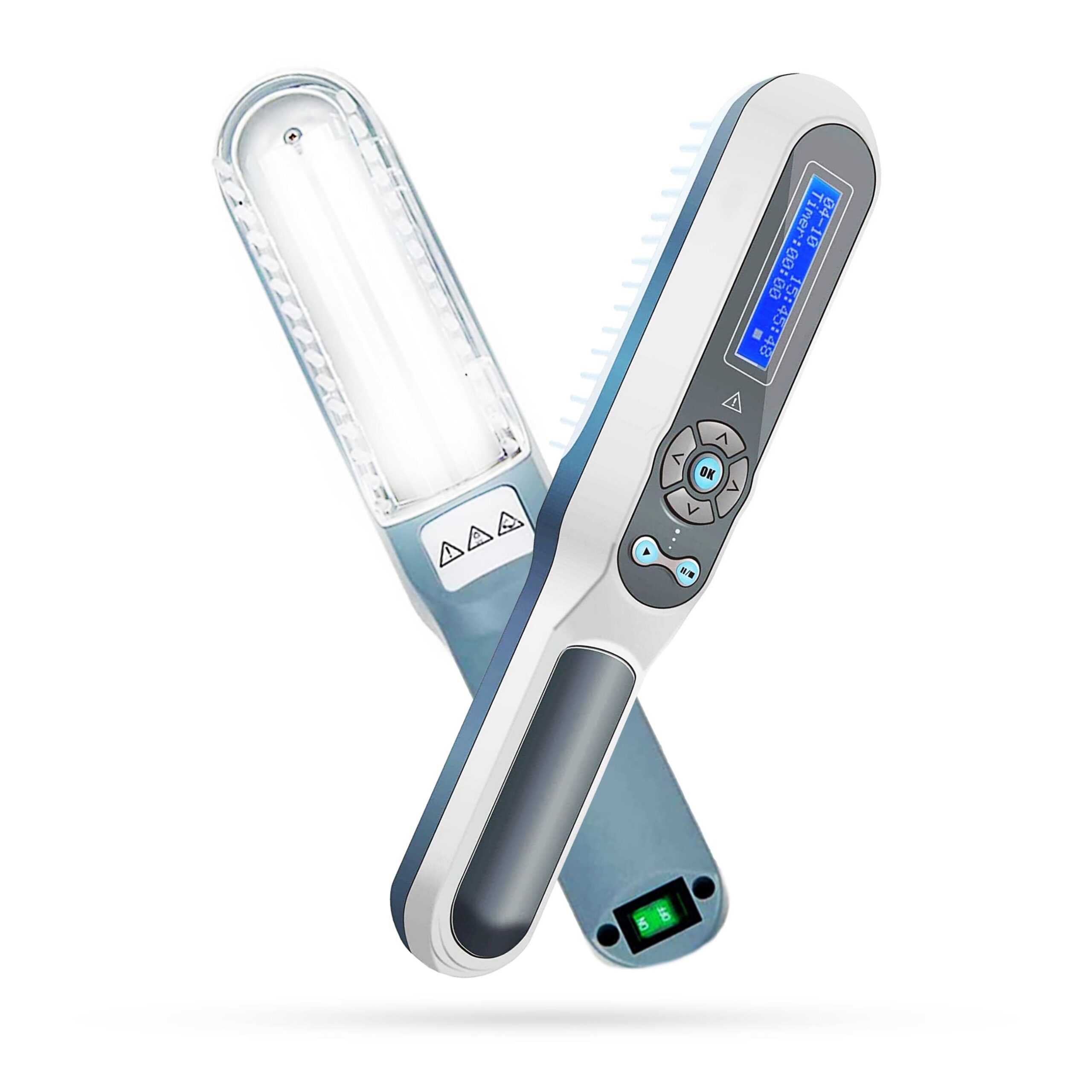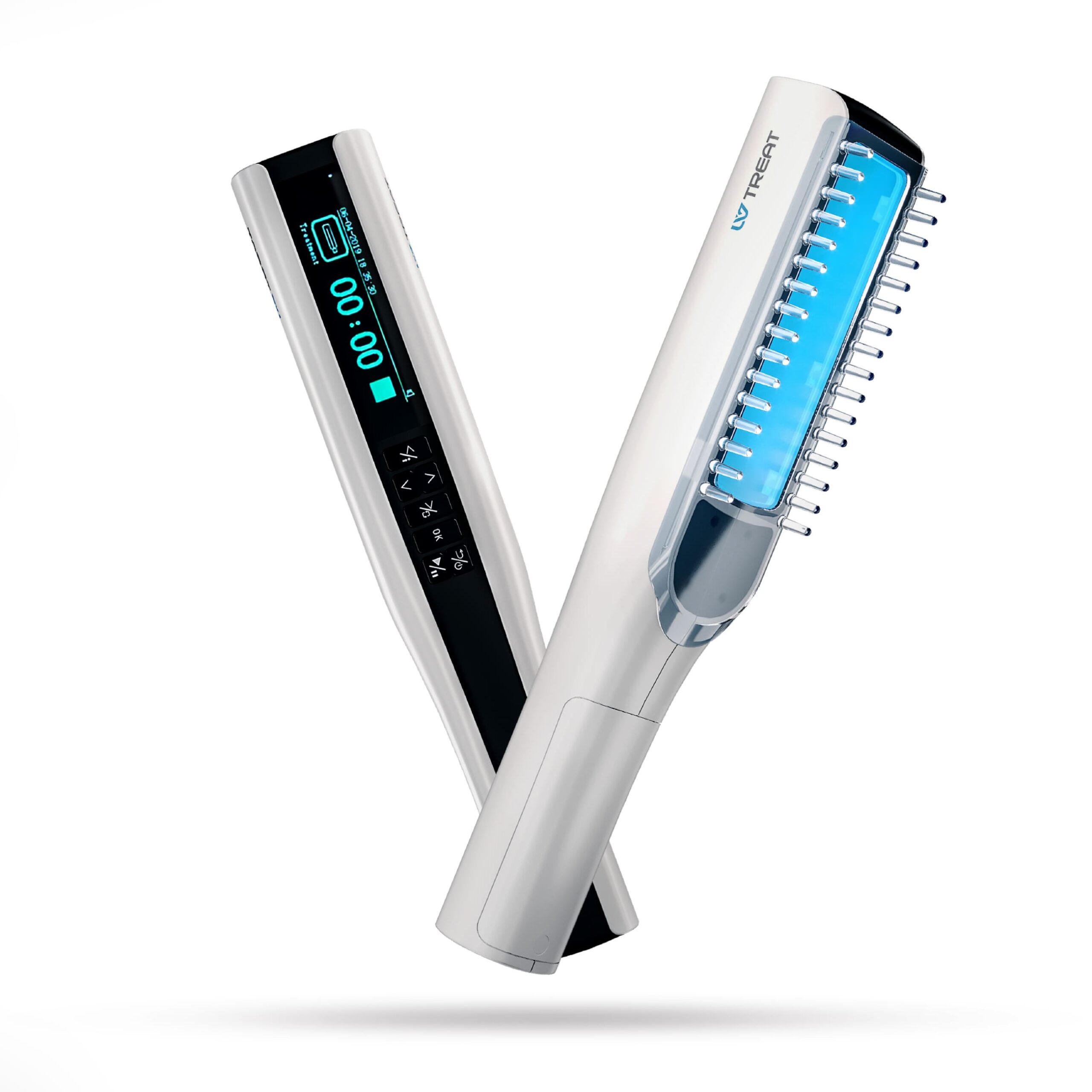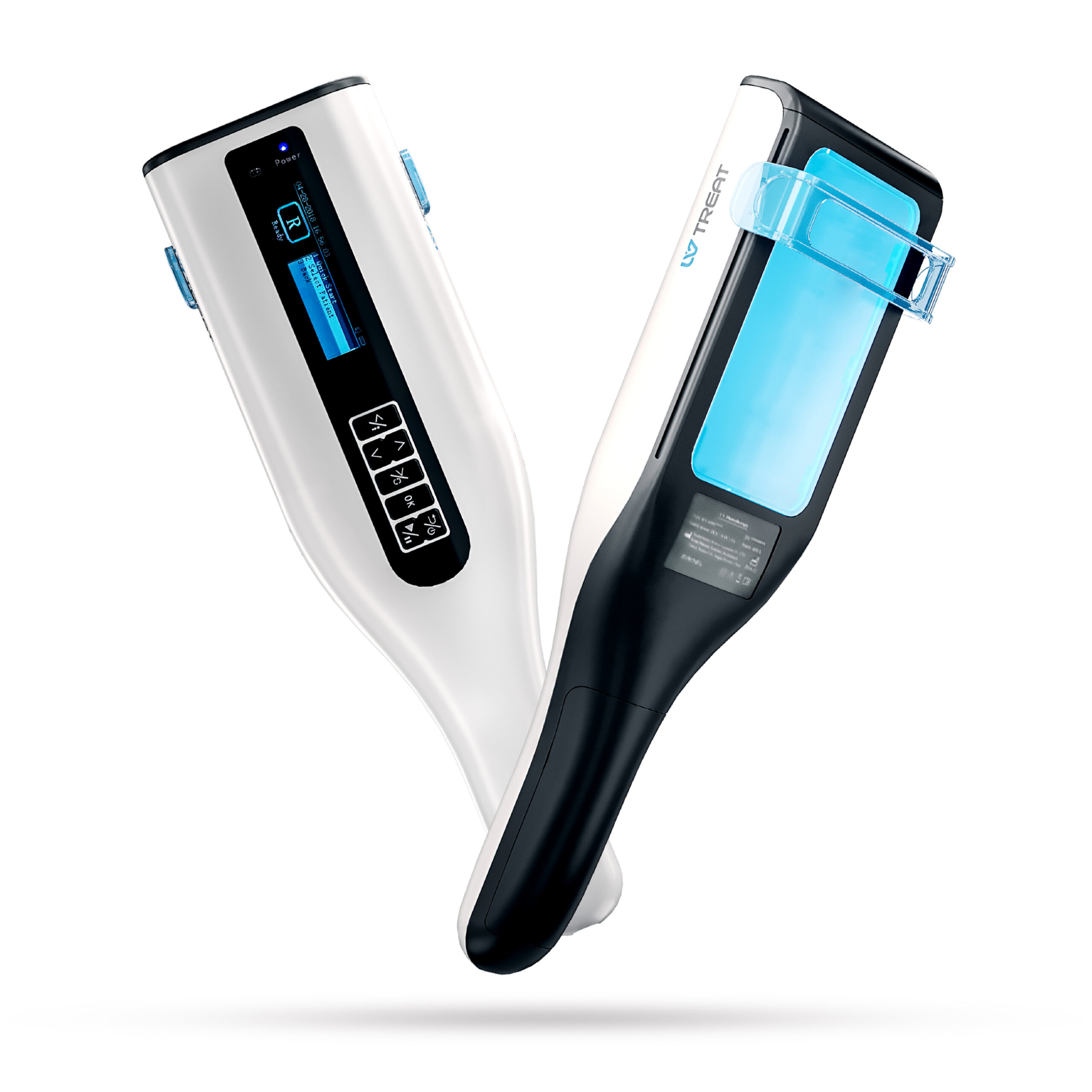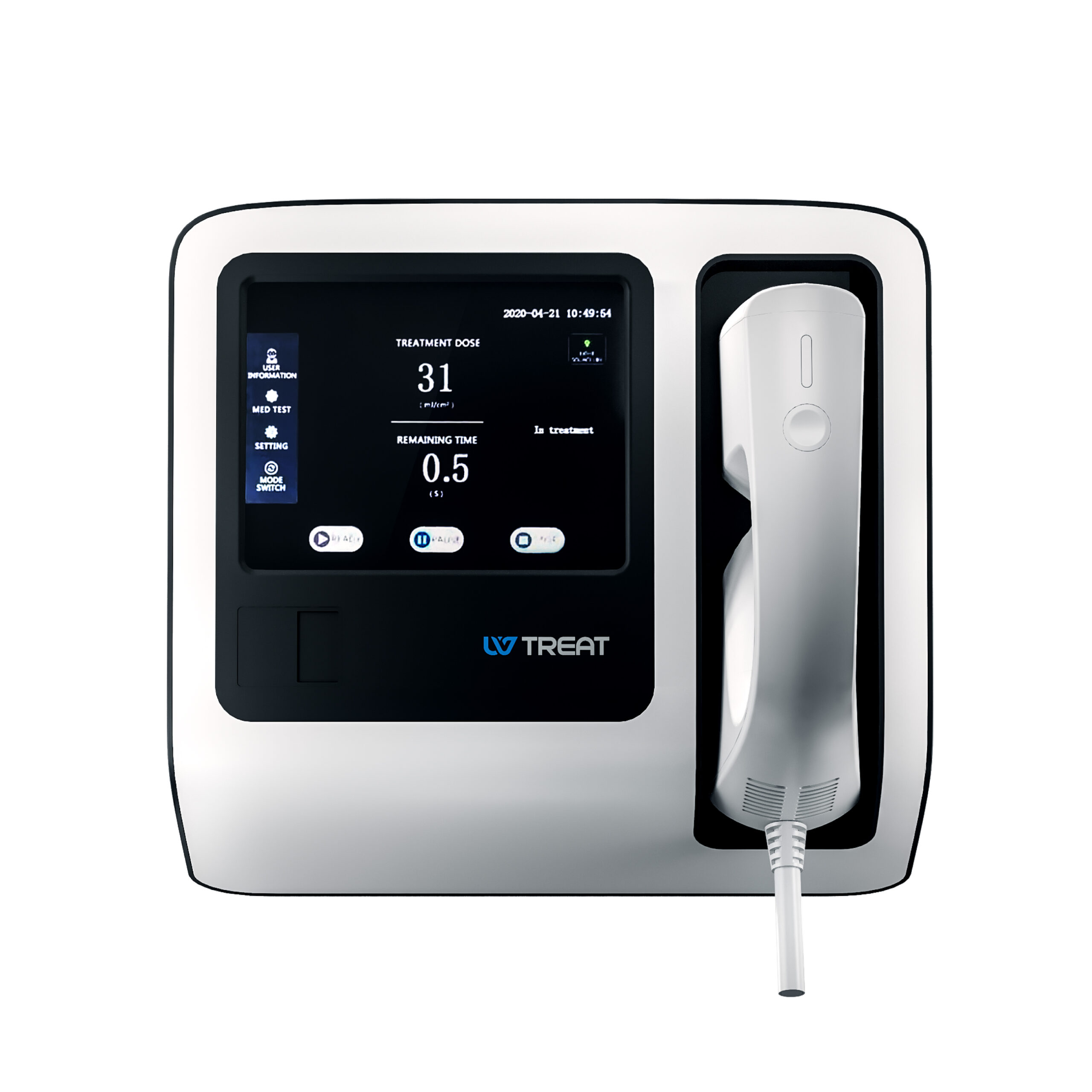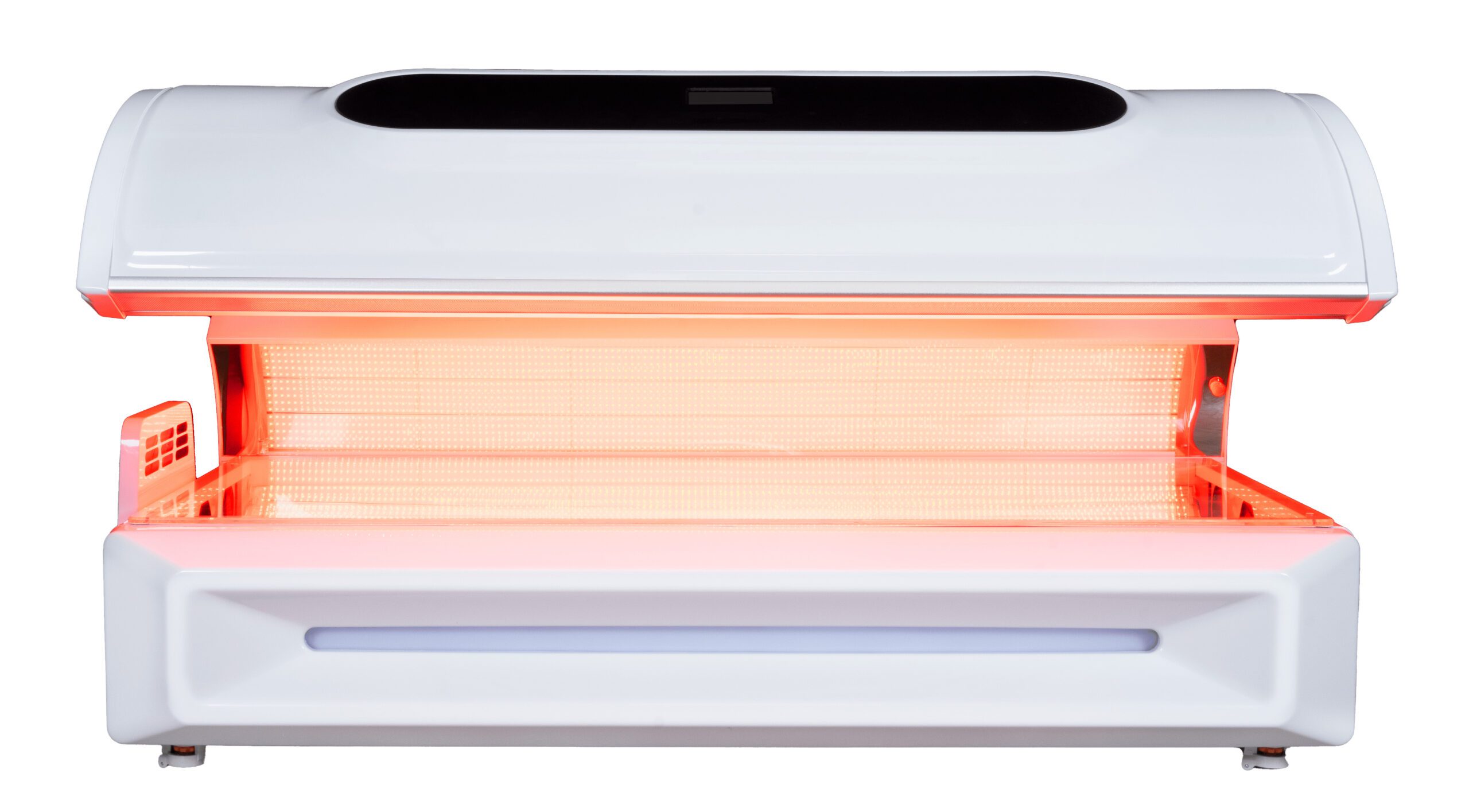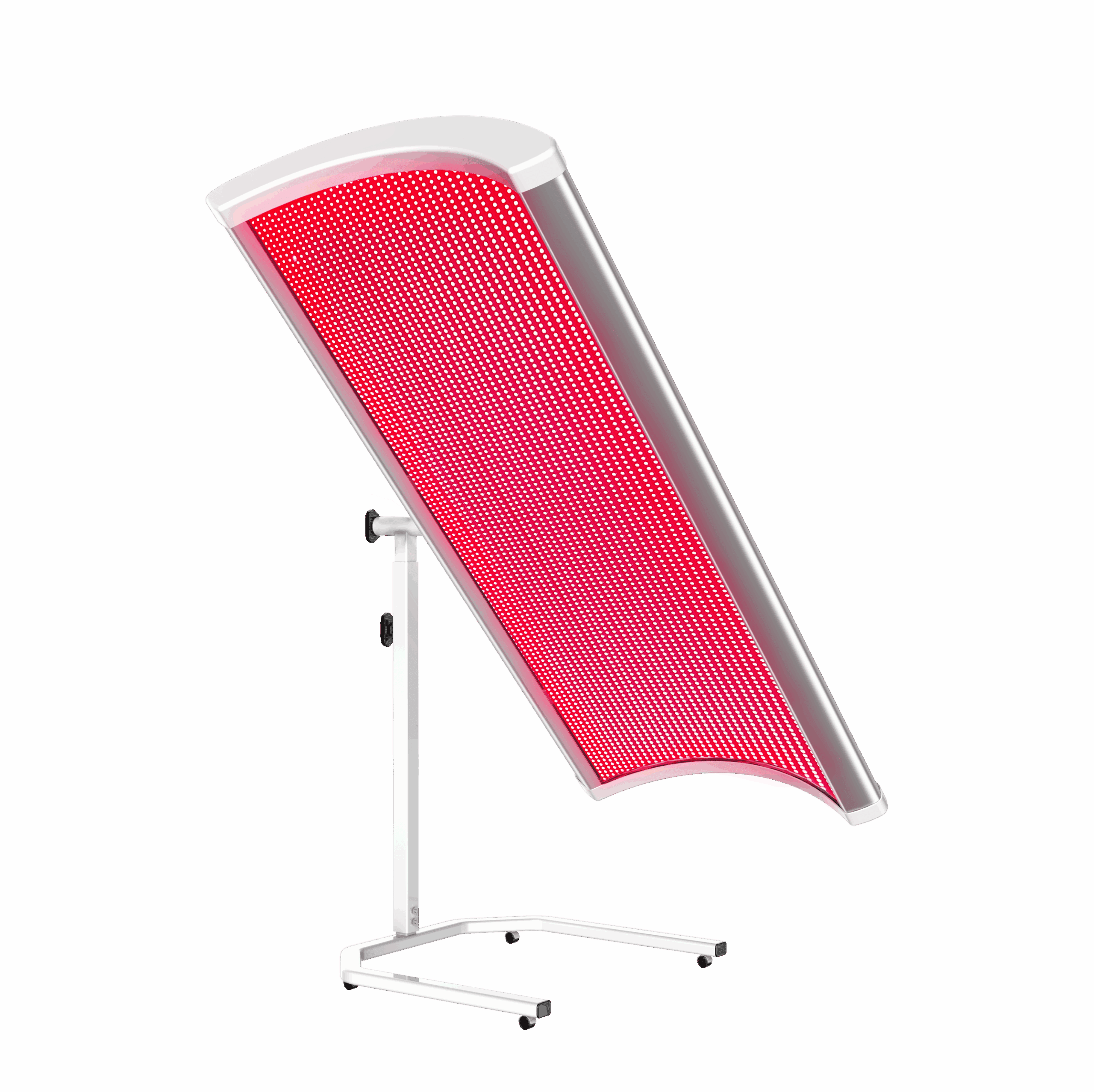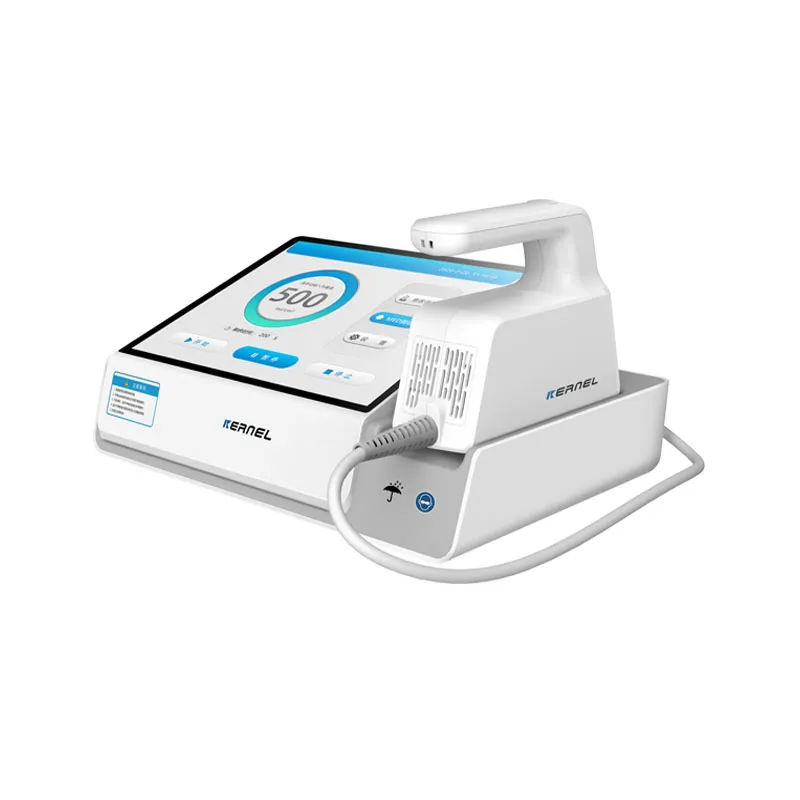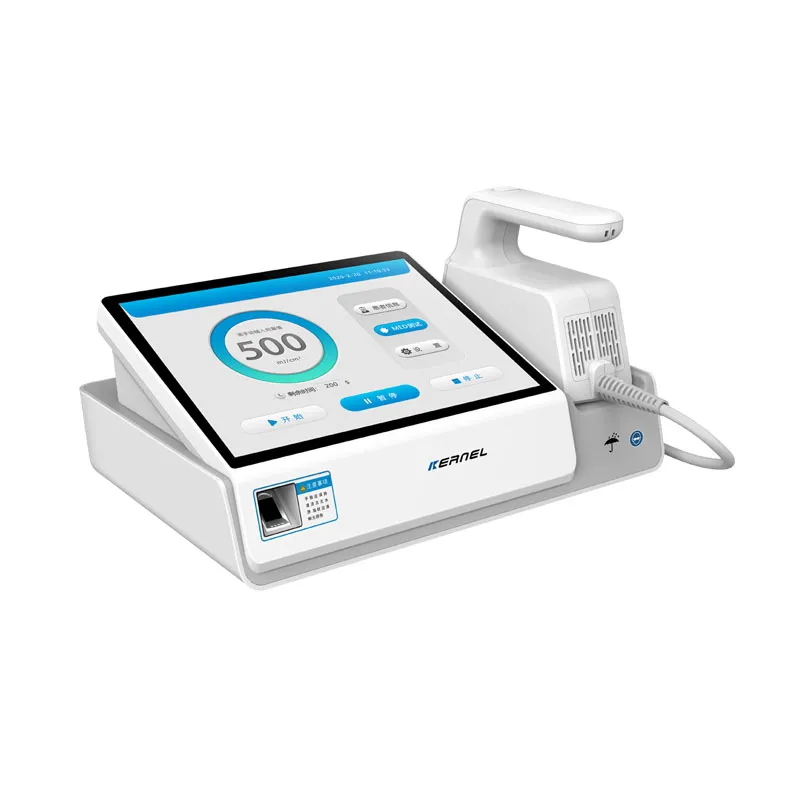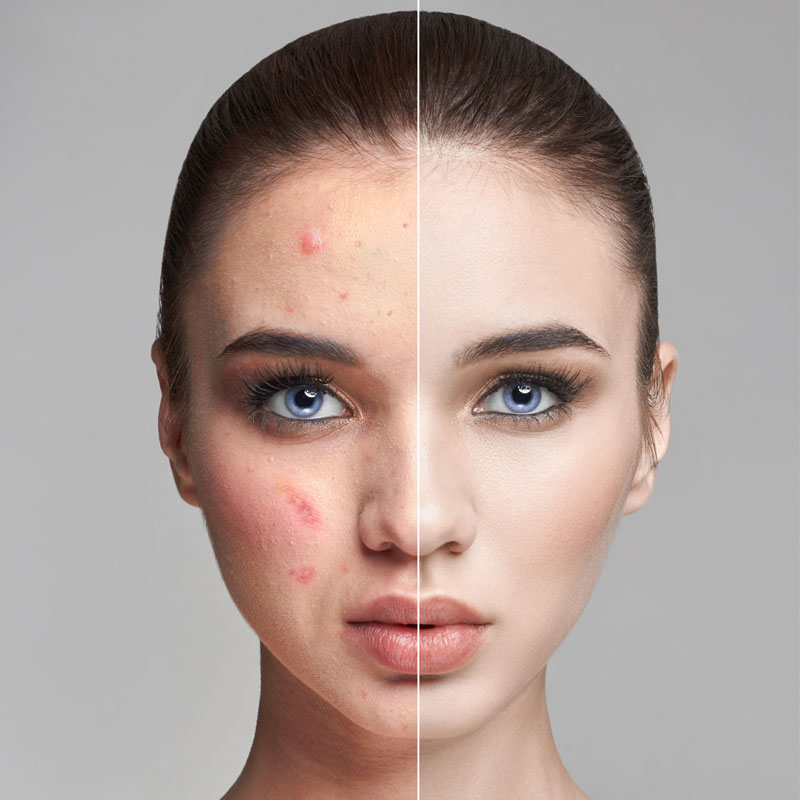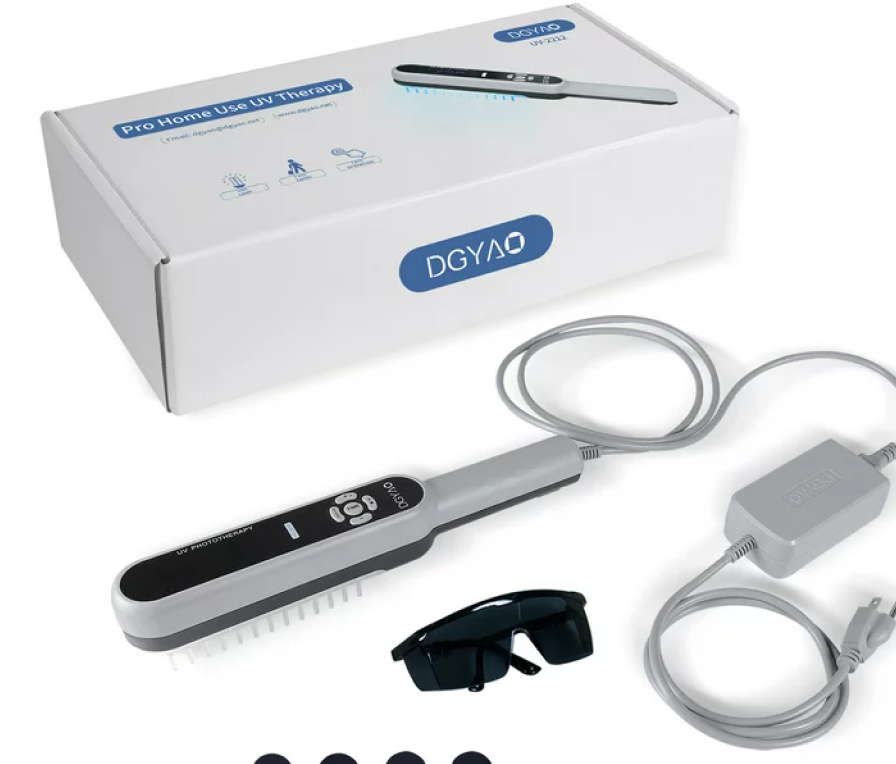Psoriasis is a lasting and sore skin problem that touches around 2–3% of folks all over the world. It shows up as red, dry patches that form when skin cells grow much faster than they should and do not fall off right. Though there isn’t a lasting fix, many ways can help lessen signs and manage flare-ups. One of the͏ best non-system choices are creams and gels made with vitamin A for psoriasis—they help control cell growth and ease swelling.
Published on April 16, 2025
Topical Retinoids for Psoriasis
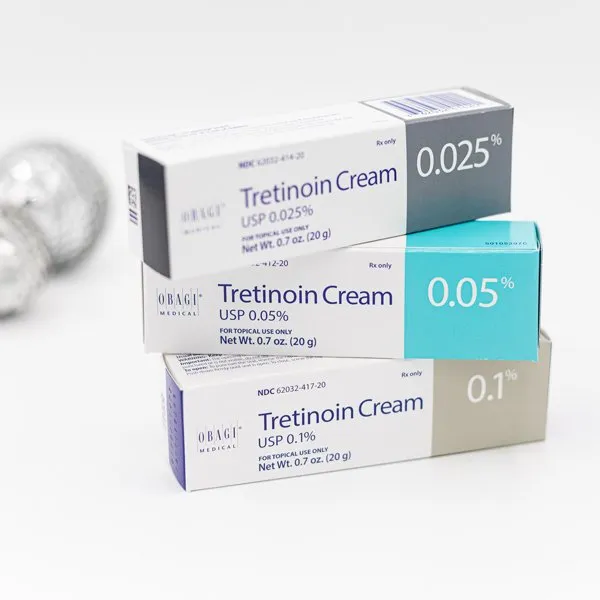
What is Psoriasis?
Psoriasis is an autoimmune disease in which skin cells multiply at a rapid level. It forms thick and scaly patches on the affected area and in some instances is itchy, inflamed, or sore. [2] It is normally observed in elbows, knees, scalp, and lower back. Its etiology is still unknown but is related to an overactive immune system and genetic causes as well.
What Are Topical Retinoids?
Topical retinoids are vitamin A-based medications and are used for treating various conditions in the skin like wrinkles, acne, and psoriasis. [3] They work by influencing how skin cells grow and shed. For psoriasis, the most commonly prescribed topical retinoid is tazarotene. [4]
Unlike pills, topical retinoids are applied topically — in cream or in a lotion form. Topical retinoids come in different forms, such as creams, liquids, foams, and gels.
Not all retinoids are applied in treating psoriasis. Some, like retinol in anti-aging creams, speed up cell turnover in order to renew the skin. Retinoids for treating psoriasis, though, slow down cell overproduction in order to avoid scaling, reddening, and swelling.
How Do Topical Retinoids Help Treat Psoriasis?
Topical retinoids like tazarotene are used to treat psoriasis by retarding excessive cell growth in the skin. The skin cells in psoriasis are too active and produce thick patches and flakiness. Retinoids retard this activity and allow time for old cells to be shed and be replaced at a normal rate.
Retinoids target some chemicals in the body called cytokines and interleukins, involved in creating inflammation. By reducing these chemicals, retinoids control swelling, redness, and scaling in cases of psoriasis.
Why Dermatologists Prescribe Tazarotene for Psoriasis
Tazarotene is a topical retinoid that is prescribed for use in treating psoriasis by dermatologists. Upon application to the skin, it can:
- Inhibits excessive cell growth in human skin.
- Reduce thick, scaly patches.
- Decrease swelling and redness.
- Improve the appearance of nail psoriasis. [5]
Are Retinoids Effective and Safe for Treating Psoriasis?
Tazarotene is typically a good and efficient medication for treating most individuals who have psoriasis. It reduces thickening, flaking, and redness in the skin. It can be used for treating crumbling nails and can encourage better nail growth as well.
Most people using tazarotene notice their psoriasis patches shrink by about 50%. Some have had completely clear skin as a direct outcome of medication. The improvement may last for up to three months before symptoms relapse. [6]
To boost the effects of tazarotene, dermatologists often recommend using it alongside other treatments, like:
- Corticosteroids — for relief of skin irritation and swelling.
- UVB light therapy — in some cases, tazarotene is prescribed in conjunction with light therapy. If this is for you, your dermatologist will tightly control the amount of UVB exposure to protect your skin.
However, tazarotene is not safe for everyone.
- Pregnant women should not use it, as it can cause birth defects.
- In case you are breastfeeding or have skin cancer, consult your doctor before starting this medication.
- Tazarotene can cause a flare in some instances of eczema, but this is rare.
How to Use a Topical Retinoid for Psoriasis
Applying tazarotene is simple, just like using a regular lotion. Here is how to do it:
- Wash and dry the area you want to treat.
- Apply a thin layer of the cream or gel to the affected skin.
- Gently rub it in until it absorbs completely.
- Use it once a day, usually in the evening, unless your doctor advises otherwise.
In case your nails are affected by psoriasis, you can also apply tazarotene directly to them. Make sure to follow exactly as instructed by your doctor.
Side Effects of Topical Retinoids
Like all medicines, tazarotene may have side effects. The side effects are mild or moderate in nature and may include:
- Redness
- Scratching
- Dryness or peeling
- Burn
Sun sensitivity is another potential side effect. Your skin may be burnt more easily when on tazarotene. To protect yourself:
- Use a broad-spectrum sunscreen daily.
- Stay away from direct sunlight at peak times.
- Wear protective clothes when going outdoors.
In the event that you experience anything unusual — like extreme irritation or an allergy — discontinue the use and consult your doctor.
Common Treatments Combined With Retinoids
Doctors typically use retinoids in conjunction with other treatments in order to maximize their efficacy and to reduce pain. Some typical combinations include:
-
Retinoids and Moisturizers
Moisturisers, especially emollients such as thick creams or petroleum jelly, calm irritation produced in the skin by tazarotene. They keep your skin moist and avoid dryness, peeling, and pruritus.
Apply the moisturizer, let it be absorbed, and follow your doctor’s recommendations for when to apply the retinoid.
-
Retinoids and Corticosteroids
Corticosteroids are anti-inflammatory drugs. Combined with tazarotene, they can:
- Reduce skin redness and swelling.
- Relieve irritation and stinging caused by retinoids.
- Increase the effectiveness of treating psoriasis.
Combination treatments involving tazarotene and corticosteroids are better than each medication alone as proven in research. It also provides longer relief from symptoms associated with psoriasis. [7]
Retinoids and Light Therapy (UVB phototherapy)
UVB phototherapy employs certain wavelengths of light to retard cell growth in the skin. It is occasionally combined with retinoids to:
- Increase the advantage of each treatment.
- Provide better relief for mild to severe symptoms of psoriasis.
- Avoid adding new side effects.
When to See a Doctor
You should consult a doctor if:
- Your psoriasis does not resolve after some weeks since treating it with a topical retinoid.
- You experience serious side effects like blisters, severe burning, or discoloration.
- Your psoriasis flares or spreads to new sites.
You are pregnant or breastfeeding, or have certain medical conditions—such as eczema or skin cancer—and wish to consider alternative solutions.
The Bottom Line
Topical retinoids such as tazarotene are a beneficial form of treatment for psoriasis. They slow down cell growth in the skin, shrink plaques, and soothe inflammation. Some use retinoids alone and achieve wonderful outcomes, but some may require additional assistance. Combining retinoids with emollients, corticosteroids, or light treatments can improve efficacy and reduce side effects.
If your symptoms are not better, or if side effects are becoming too severe, discuss altering your treatment plan with your doctor, or you can directly contact us at UV Treat and our professionals will reach out to you.
Reference
- Damiani, Giovanni, et al. “The Global, Regional, and National Burden of Psoriasis: Results and Insights from the Global Burden of Disease 2019 Study.” Frontiers in Medicine, vol. 8, 16 Dec. 2021, https://doi.org/10.3389/fmed.2021.743180.
- Johnson, Jon. “What to Know about Retinol and Psoriasis.” Medicalnewstoday.com, Medical News Today, 8 June 2021, www.medicalnewstoday.com/articles/retinol-psoriasis#psoriasis. Accessed 1 Mar. 2025.
- Zasada, Malwina, and Elżbieta Budzisz. “Retinoids: Active Molecules Influencing Skin Structure Formation in Cosmetic and Dermatological Treatments.” Advances in Dermatology and Allergology, vol. 36, no. 4, Aug. 2019, pp. 392–397, www.ncbi.nlm.nih.gov/pmc/articles/PMC6791161/, https://doi.org/10.5114/ada.2019.87443.
- Saurat, J-H. “Retinoids and Psoriasis: Novel Issues in Retinoid Pharmacology and Implications for Psoriasis Treatment.” Journal of the American Academy of Dermatology, vol. 41, no. 3, Sept. 1999, pp. S2–S6, https://doi.org/10.1016/s0190-9622(99)70358-0. Accessed 15 June 2022.
- “Psoriasis Treatment: A Retinoid You Apply to the Skin.” Www.aad.org, www.aad.org/public/diseases/psoriasis/treatment/medications/retinoid.
- Bolt, Allison. “Topical Retinoids for Psoriasis.” WebMD, www.webmd.com/skin-problems-and-treatments/psoriasis/topical-retinoids-psoriasis.
- Davenport, Tracy. “Can Retinoids Help with Psoriasis?” HealthCentral, 28 Mar. 2024, www.healthcentral.com/condition/psoriasis/retinoids-for-psoriasis. Accessed 1 Mar. 2025.
FAQ
-
Acitretin is an oral (take by swallowing) retinoid that the US Food and Drug Administration (FDA) has approved to treat severe psoriasis.
-
Topical retinoids are vitamin A-based medications and are used for treating various conditions in the skin like wrinkles, acne, and psoriasis. [3] They work by influencing how skin cells grow and shed. For psoriasis, the most commonly prescribed topical retinoid is tazarotene. [4]
-
Topical retinoids like tazarotene are used to treat psoriasis by retarding excessive cell growth in the skin. The skin cells in psoriasis are too active and produce thick patches and flakiness. Retinoids retard this activity and allow time for old cells to be shed and be replaced at a normal rate. Retinoids target some chemicals in the body called cytokines and interleukins, involved in creating inflammation. By reducing these chemicals, retinoids control swelling, redness, and scaling in cases of psoriasis.
-
Tazarotene is a topical retinoid that is prescribed for use in treating psoriasis by dermatologists. Upon application to the skin, it can: Inhibits excessive cell growth in human skin. Reduce thick, scaly patches. Decrease swelling and redness. Improve the appearance of nail psoriasis.
-
Applying tazarotene is simple, just like using a regular lotion. Here is how to do it: Wash and dry the area you want to treat. Apply a thin layer of the cream or gel to the affected skin. Gently rub it in until it absorbs completely. Use it once a day, usually in the evening, unless your doctor advises otherwise.
